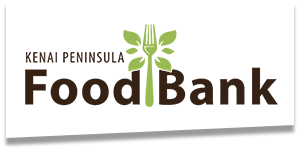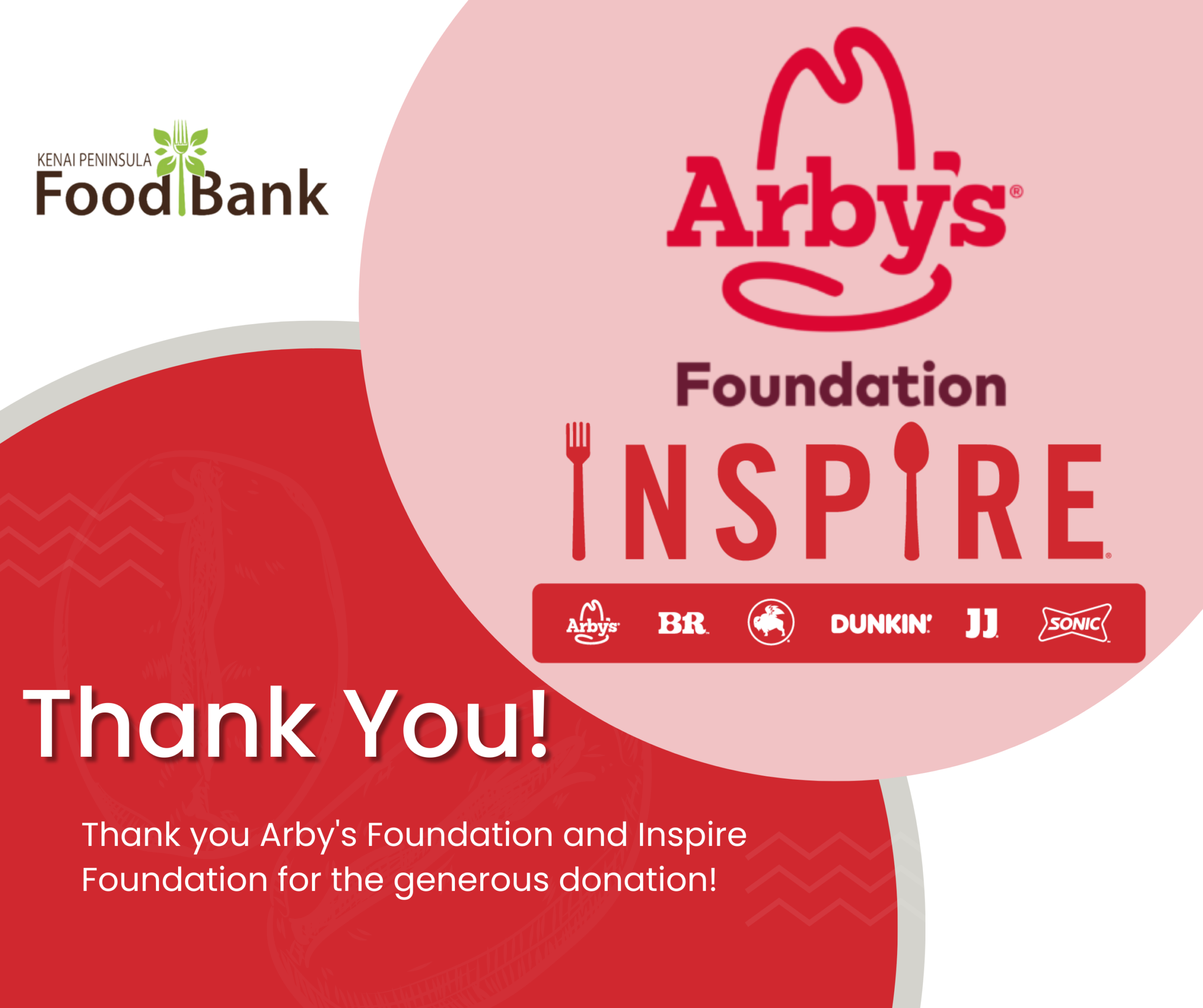Alaska has received $5.9 million in federal funding for a summer food program meant to help reduce food insecurity in rural communities by providing weekly shipments of shelf-stable meals to 4,000 eligible kids beginning in May.
The project, announced this month by U.S. Department of Agriculture, is meant to help make up for the loss of free school lunches provided during the school year in communities where food costs are high and many families qualify for free or reduced lunches.
The news comes a week after Alaska announced that it was one of 15 states to reject federal funding that would have provided direct grocery assistance this summer to thousands of families. The state cited a major food stamp application backlog at the Alaska Division of Public Assistance as the reason.
In an interview, state and federal officials said this new program, which will be paid for by a three-year grant to the Alaska Department of Education and Early Development, or DEED, is separate from the rejected grocery assistance program and has been in the works for months.
The program was approved after a visit federal officials made to Alaska, where they observed that existing summer food programs that involve sponsoring agencies that serve freshly prepared, onsite meals don’t work as well in rural Alaska, said Jesus Mendoza, western regional administrator with the USDA.
“We realize that Alaska is very unique — the vast geographic area, the lack of accessible roads,” Mendoza said, noting that many families often spend their summers at fish camp or hunting. “During the summer months, it is really hard for children to congregate in communal areas.”
The boxes will include ready-to-eat breakfast, lunch and snacks for eligible students in 11 school districts — including Bering Strait, Dillingham, Kashunamiut, Kodiak, Lower Kuskokwim, Nenana, Nome, Valdez, Yukon Flats, Yupiit and the Northwest Arctic Borough.
“It’ll have milk, it’ll have food,” said Gavin Northey, child nutrition programs manager with the state. “All of those, especially when we get to rural, remote parts of Alaska, have an extraordinary cost. So being able to deliver that to Alaskans in some of our most remote locations is just an immense benefit to our children.”
Families whose children quality for free or reduced lunches based on household income are eligible, as are families who receive food stamp benefits, Mendoza said.
Northey said that while the program will be limited to foods that can survive weekslong trips through the mail service in varying temperatures, the boxes will include items like dried or canned fruits and vegetables, dried or cured meats and ultra pasteurized cheeses.
It is modeled after a three-year food assistance project launched by the federal government during the COVID-19 pandemic that involved the same 11 communities and ended this year, Northey said.
DEED will be partnering with the Food Bank of Alaska to handle the purchasing and logistics of food transportation, Northey said. The agency is currently in the process of selecting a vendor to supply the food for the weekly boxes, he said.
He said the state hopes to be able to reach even more Alaska communities eventually, and said he thinks working with the Food Bank of Alaska will result in a smoothly run program. “They are definitely very competent partners,” he said of the food bank, “and I would expect that we will expand in years to come.”
For more information, visit foodbankofalaska.org.





